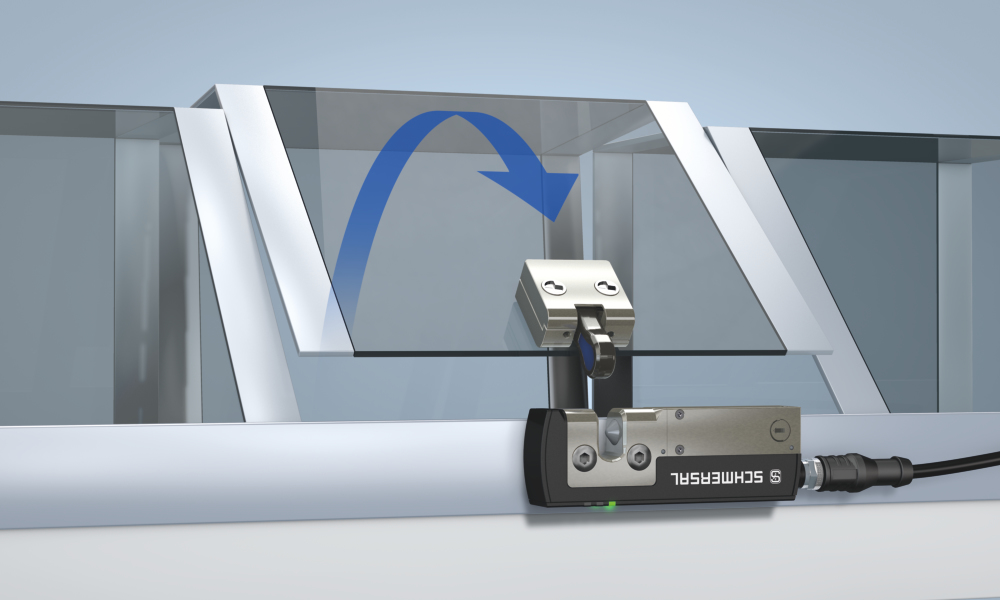SCHMERSAL PRESENTS THE SMALLEST ELECTRONIC SECURITY LOCK IN THE WORLD…
.jpg)
With dimensions of 119.5 x 40 x 20 mm, the AZM40 is the smallest electronic safety interlock in the world. This makes it particularly suitable for small safety doors and flaps. Thanks to the 180° angular flexibility of the actuator, it can approach the AZM40 steplessly, making the interlock also suitable for flaps that do not close at an angle of 90° or that open upwards at an angle of 45°. This means that the angular flexibility ensures that the interlock fits easily into compact and difficult-to-reach spaces. The AZM40 can also be mounted on standard 40 mm profiles without protruding.
“The safety interlock meets the requirements of many users looking for space-saving solutions, because space requirements are a decisive cost factor in production,” explains Stephan Frick, Product Manager at Schmersal.

Despite its compact size, the AZM40 has an astonishing 2000 Newton locking force. “A lock must be selected to withstand the expected forces. With a locking force of 2000 Newton, users are on the safe side compared to the recommendations in the standard,” explains Stephan Frick.
The integrated RFID technology enables a “high” level of encryption. This means that the lock offers increased protection against sabotage in accordance with the requirements of DIN ISO 14119.
The AZM40 works according to the bistable principle: in the event of a power failure, it retains its current position. This guarantees safe operation, regardless of the status of the machine. Even with dangerous approach movements, the safety door remains securely locked in the event of a power failure. Another advantage of the bistable principle is the consistently low energy consumption, as the lock only requires power when the door is to be locked or unlocked.
In applications involving personal protection (interlock monitoring), the safety outputs are switched on when the safety door is closed and the interlock is locked.
The AZM40B version (actuator monitoring) can be used for applications involving process protection. In this version, the safety outputs are activated as soon as the safety door is closed. In this version, locking the interlock is not absolutely necessary.